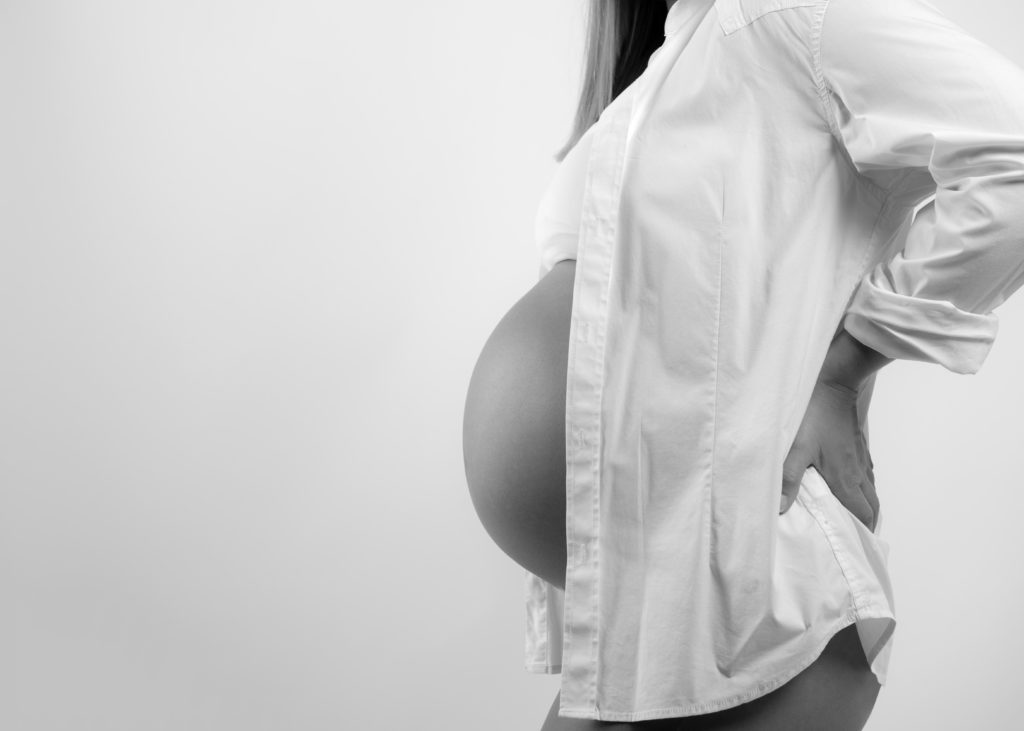Now that you feel much better after hemorrhoid care and you are very happy that your quality of life is back, you are ready to enjoy the beautiful spring season in Minnesota next month. However, you may raise the question, do hemorrhoids come back? If so, how do I prevent them? Hemorrhoids are a varicose vein disease. It is possible to relapse after hemorrhoid care, especially in the advanced hemorrhoids, but recurrence rate is much lower in the mild hemorrhoids.
Hemorrhoids are one of the most persistent chronic medical conditions in the Minneapolis and St. Paul areas, leading to many people becoming frustrated at the recurrent symptoms. Luckily, there are numerous different measures available to prevent them to come back.
One of the best things you can do to prevent hemorrhoids is to make important dietary changes. Follow a high fiber diet. Why is fiber so very important? People in Minneapolis who do not get enough fiber in their diet tend to have constipation with hard stool and strain when going to the bathroom. In turn, this pressure constitutes one of the greatest risk factors to those who are vulnerable to developing hemorrhoids. In order to prevent the onset or return of hemorrhoids, you should strive to eat a diet rich in fruits, vegetables, and fibers.
For those who have a history of hemorrhoids in the Minneapolis and St. Paul areas, it is recommended that these patients should integrate bulking agents into their daily diets, such as Metamucil The use of bulking agents is an important step in preventing the onset of hemorrhoids. These bulking agents work better if you drink plenty of water every day (6-8 glasses of water daily).
You should have good bowel habits and maintain smooth stool. Constipation with hard stool and straining can increase abdominal pressure rapidly, as well as expansion of venous plexus, often causing rupture of hemorrhoidal veins and anal skin tearing. If you develop chronic constipation, you should treat it aggressively by having a high fiber diet, increasing water intake, walking daily, and taking bulking agents and laxatives. However, frequent diarrhea does not help, either. Straining related to diarrhea also can rapidly increase the pressure in the abdomen and hemorrhoid venous complex, too. The toilet time should not be too long; you should avoid the bad habit of reading newspapers in the toilet.
Individuals who are prone to developing hemorrhoids should also avoid standing for extended periods of time and constant heavy lifting.
Obese patients in Minneapolis are 2-4 times more likely to develop hemorrhoids than the average patients, so weight loss may help to reduce the recurrence.
People with other medical problems, such as liver cirrhosis with portal hypertension, cardiovascular diseases, and abdominal tumors are more likely to develop hemorrhoids. The treatment of these underlying medical diseases is important to prevent hemorrhoids.
You may program your bowel movement in the way that you always try to have bowel movements right before your regular shower. For example, if you are a morning person, you go to toilet first before you take a shower, so the anus is always clean without residual feces. Residual feces are irritable to the skin around anus. If you starting having recurrent symptoms, then a daily Sitz bath helps a lot to relieve the symptoms.
Finally, once the hemorrhoids come back, you should immediately request an experienced practitioner in Minnesota to treat it. One Stop Medical Center serves the entire Twin Cities and offers the comprehensive hemorrhoid treatment in both Edina and Shoreview offices.
 The average American spends over five hours per day scrolling through Instagram feeds, checking Twitter, answering emails and texts, and watching Netflix—all via smartphone devices and, more often than not, while sitting. Add in the extra layer of using these mobile devices during bathroom trips, and most of us have significantly increased our risk of developing hemorrhoids.
The average American spends over five hours per day scrolling through Instagram feeds, checking Twitter, answering emails and texts, and watching Netflix—all via smartphone devices and, more often than not, while sitting. Add in the extra layer of using these mobile devices during bathroom trips, and most of us have significantly increased our risk of developing hemorrhoids.




